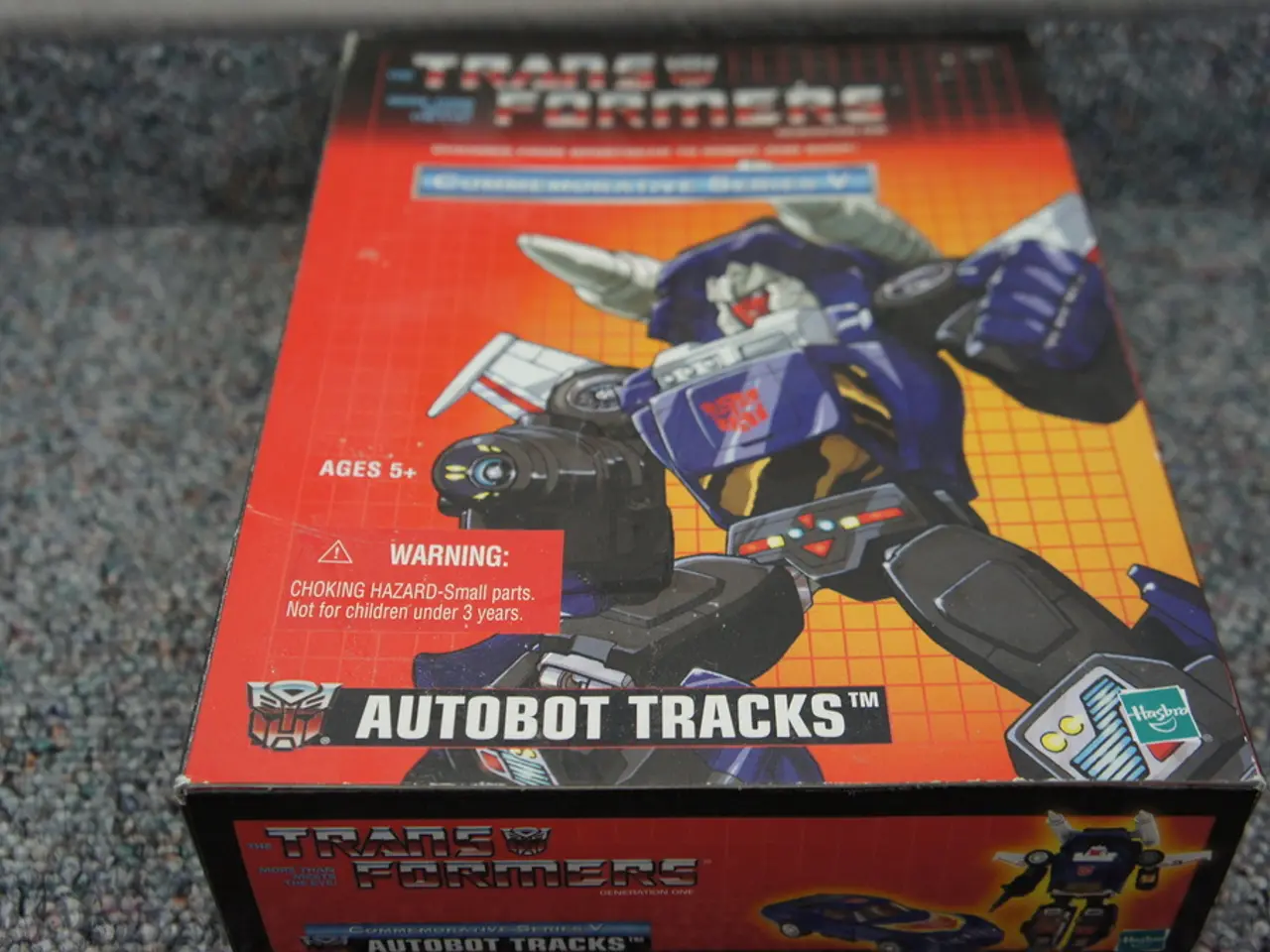Exploring Various Wire Rope Winch Types and Their Ideal Applications
In the realm of heavy-duty lifting and transporting, wire rope winches stand out as versatile and strong devices, essential in various industries and daily life. From marine rescues to agricultural work, these devices prove indispensable.
Wire rope winches, such as steel cable winches, offer high durability and breaking strength, making them suitable for heavy-duty pulling and recovery tasks. For instance, Dobinsons' steel cable winches cater to off-road vehicle recovery or industrial use, with capacities reaching up to 12,000 lbs [1].
Synthetic rope winches, though not wire rope, often compete in the same field. These winches are lighter, safer, and resistant to rust and abrasion, making them preferred for tasks where weight and safety are critical, such as ATV or off-road vehicle recovery [2].
Industrial settings benefit from wire rope hoist type winches, which are electric hoists using wire rope for lifting loads from 1 to 20 tons with lift heights between 6 and 20 meters [3][4]. These winches are ideal for precise, heavy-capacity lifting in factories, warehouses, or construction sites.
Capstan winches, which utilize a rotating drum, allow continuous rope feed and provide highly controlled pulling or lifting, making them suitable for tasks demanding long rope lengths, such as forestry, utility pole setting, rescue operations, and rugged terrain equipment handling [5].
The best uses for each type of winch depend on specific requirements, such as load capacity, lifting vs. pulling, environment, and safety considerations. For example, steel cable winches are ideal for heavy off-road vehicle recovery, industrial towing, and rugged fieldwork where maximum strength and durability are needed [6]. Synthetic rope winches, on the other hand, are preferred for off-road recovery requiring light weight and safety [2].
Manual winches provide greater control and are ideal for lighter lifting tasks, as well as outdoor activities like camping or boating [7]. Pneumatic winches operate on compressed air and are useful in environments where electricity is impractical [8].
The choice of winch type also depends on specific requirements, such as speed or portability. It's essential to adhere to each winch's specified load capacity for safety reasons [9]. The diameter of the wire rope affects its ability to handle heavy loads; a balance must be struck between strength and weight [10].
Different constructions, such as stranded or braided ropes, offer distinct benefits; braided ropes are more flexible, while stranded ropes are more robust [11]. For more information on steel wire ropes, visit gr8industries.co.za/steel-wire-rope.
Using safety equipment like gloves can help reduce the risk of accidents when using wire rope winches [12]. The combination of a winch and the right wire rope can conquer rugged terrains and dynamic construction sites effectively.
Beyond industry and rescue operations, winches find their place in agriculture, where they are used to elevate livestock trailers and transport heavy supplies across fields [13]. Recreational activities also benefit from winches, with uses such as pulling boats ashore and setting up campsites [14].
In conclusion, wire rope winches are indispensable tools in various fields, offering strength, durability, and versatility. By understanding the different types of winches and their specific uses, one can make informed decisions when selecting the right winch for the job at hand.
Photography enthusiasts at fashion events, capturing the beauty of models gracefully strutting on the runway, might find it intriguing to delve into the world of winch technology. The precise, heavy-capacity lifting capabilities of industrial wire rope hoist winches could potentially revolutionize the setup process for grand-scale lifestyle events [15].
In the expansive realm of media, the incorporation of winch technology could offer unparalleled opportunities for filmmaking, from shooting action-packed scenes in rugged terrain to hoisting equipment and lighting for outdoor productions [16]. Technology advancements in winch design could very well influence the cinematography scene, further merging industries and fostering collaboration.
Moreover, in the rapidly evolving digital age, fashion and lifestyle bloggers could capitalize on the versatility of winch technologies, using them as subjects for educational or promotional content, thereby steering their audience towards acquiring a better understanding of the true grit behind these indispensable devices [17]. By illuminating the less-glamorous aspects of winch use, bloggers can generate authentic and engaging content, appealing to their followers' diverse interests and fostering connections between seemingly unrelated fields.




